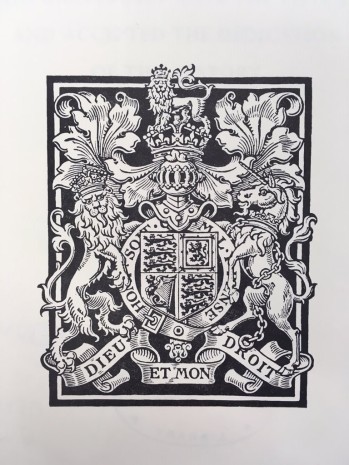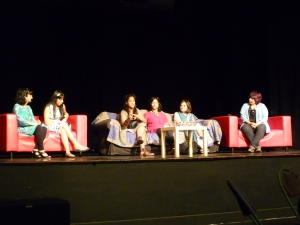A post by Graduate Trainee, Becky Tabrar
The Ladies Home Journal was an American monthly lifestyle magazine which was established in February 1883. By the turn of the century it was the leading women’s magazine in the US, and reached one million subscribers in 1903. Within our collection we hold editions spanning from 1939 to 1961, and studying the Journal allows us an insight into the attitudes and opinions of the time.
Persistent themes can be seen throughout the editions we hold; the most prominent of which is sexism. Advertisements frequently urge women to look their best for their husbands, as seen in an advert for Lady Esther cosmetics in the July 1939 edition, which states ‘the wrong shade of powder can turn the right man away’. Women are also advised on the best methods of keeping an orderly home. An Annual Report to Housewives, featured in the July 1961 edition, advertises the newest domestic appliances available, but exclusively addresses women. The article advises the reader to ‘ask a user what service she gets before you buy’; the assumption being that only women will ever use the domestic appliances. Moreover, adverts for domestic products universally feature women, and even when only a hand is shown, nail polish is used to ensure femininity is represented.
Another frequent theme is consumerism. Since the late 19th century, shopping had been changing from a functional role for women, to a leisured and respectable activity. Companies began to see women as the ‘chief purchasing power’ for households and the adverts seen in the Ladies Home Journal reflects this. In fact, the journal itself was enforcing the link between women and consumerism, which was further strengthen by technological inventions in the domestic sphere, allowing women to spend less time on the household and more time shopping. The most frequently advertised items in the Ladies Home Journal include new domestic appliances, make up products and cleaning products.
However, apart from tracing overarching themes through the editions, we can also gain information on the reaction of the American public to specific historical events. An article in the July 1945 edition documents the shocked reaction of the American public to the discovery of extermination camps following the collapse of the Third Reich. It claims that a cynical world, which has lost morality, and is obsessed with power, was to blame, and urges the world to return to religion. Similarly, reactions to the signing of the United Nations Charter can be seen in the September 1945 edition, whereby an article surmises that the agreement signed at San Francisco will not eradicate greed, but ‘can keep the peace when the inevitable threats of war arise again’.
Though attitudes differ, the special features of the Journal are still recognisable in today’s magazines. Each month a novel segment was included, and Eleanor Roosevelt, like celebrities today, was a regular columnist, answering queries from financial woes to the most fashionable hairstyle. Similarly, interviews with Hollywood celebrities were a frequent trend, along with fashion segments. In later editions, ladies could receive advice from a medical column, and letters of readers were published within the magazine.

















